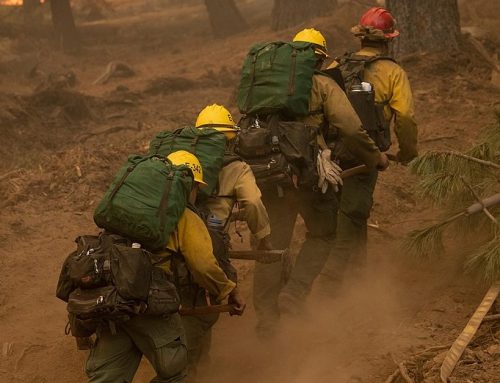Sweltering temperatures are becoming more frequent and intense due to climate change. This extreme heat poses severe —even fatal— dangers for both outdoor and indoor workers who are not adequately shielded. As such, heat exposure has developed into a pressing occupational health and safety issue needing urgent attention.
Annual Heat Toll
Thousands of U.S. workers fall victim to heat illness every year, according to the Occupational Safety and Health Administration (OSHA). Disturbingly, almost three out of four heat-related on-the-job fatalities occur during the first week of work. New hires clearly lack sufficient time to physiologically acclimatize to hot conditions. Overall each year, far too many of these illnesses culminate in worker deaths.
Legal Responsibilities
Federal law obligates employers to safeguard personnel laboring under high temperatures. This legal and ethical duty persists regardless of recent state-level laws endeavoring to restrict local heat safety ordinances. Specifically, companies must furnish ample cool drinking water, regular rest breaks, shade or other cooled areas, and emergency planning for their workforces. Gradual acclimatization periods for new and returning staff are equally mandatory.
Comprehensive training and vigilant monitoring for early signs of heat stress also fall under the umbrella of managerial responsibilities. When symptoms surface, immediate action becomes critically important. Additionally, employers must refrain from retaliating against workers who report problems or file complaints regarding insufficient heat protections.
Worker Rights
The Occupational Safety and Health Act entitles all covered personnel to a hazard-free occupational environment. Employees can anonymously notify OSHA if they believe heat exposures at their worksite exceed safe levels. Online filing or telephoning are convenient contact methods.
It is patently illegal for employers to fire or otherwise punish workers utilizing their rights. If retaliation seems evident, a whistleblower complaint should be promptly submitted to authorities for investigation.
Stepped Up Scrutiny
Given the gravity of heat strain among vulnerable labor populations nationwide, OSHA established a National Emphasis Program targeting this issue in April 2022. Geographical zones and industries with considerable risk now undergo intensified inspection and enforcement actions. Outreach and compliance assistance likewise aim to furnish both private and public sector managers and workers with enhanced educational materials and policy guides.
Meanwhile, the agency continues working diligently to develop a permanent heat illness prevention standard protecting both outdoor and indoor employees. This future set of enforceable rules will be subject to Small Business Regulatory Flexibility Act analyses to ease compliance for smaller enterprises.
In Conclusion
With climate change and severe heat waves impacting much of the country, heat stress has developed into an occupational health emergency needing immediate intervention. Lives hang in the balance daily. Workers require and deserve organizational supports, rest opportunities, heat training, and access to water and shade in order to stay safe on the job as temperatures soar. Managers must provide these heat stress controls without delay before additional unnecessary tragedies occur. OSHA pledges to continue monitoring worksites and aiding compliance efforts so the toll of heat illnesses stops mounting each year.










